Guangdong embarks on a high-quality growth path
Writer: Yang Yunfei | Editor: Liu Minxia | From: | Updated: 2024-02-18

A view of the Qianhai Shenzhen-Hong Kong Modern Service Industry Cooperation Zone. Photo from Shenzhen Special Zone Daily
As the vanguard and experimental area of the country’s reform and opening up, Guangdong has long been one of the most open, dynamic, and innovative regions in China.
During an inspection trip to the province in April last year, President Xi Jinping urged Guangdong to focus on high-quality development as the primary task, forging a new development pattern as the strategic mission, and achieving greater self-reliance and strength in science and technology to be a trailblazer on the Chinese path to modernization.
Guangdong has a large population, limited resources, and a heavy burden to balance and coordinate development [resources], Huang Kunming, Party chief of Guangdong, said at a grand conference on high-quality development in the provincial capital of Guangzhou on Jan. 28 last year.
He said it’s unwise to compete with Guangdong’s global counterparts on cheap land supply, product price, and labor cost. The only way to respond to external competition and uncertainties, he said, was to modernize and aim for quality.
“High-quality development is an inevitable path for Guangdong to achieve modernization,” he declared.
Huang said high-quality development is key for the province to cope with existing global challenges, direct technological development, and optimize economic structure.
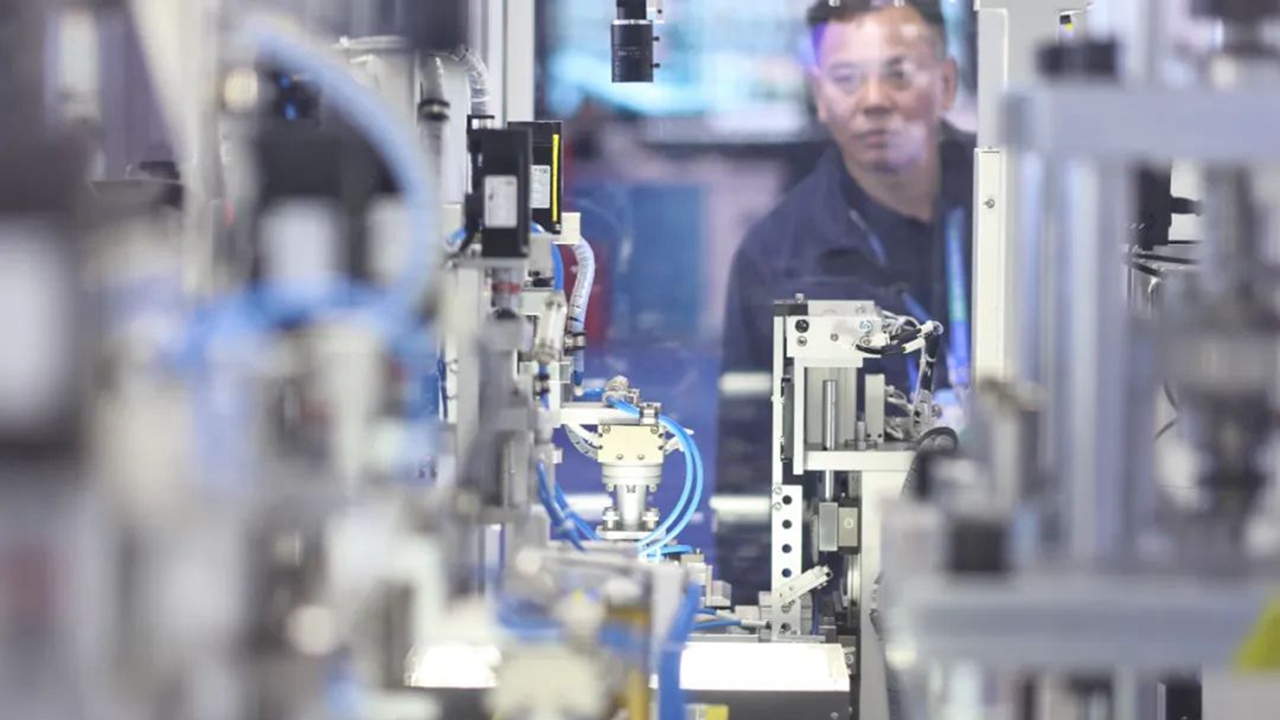
A visitor observes tech products at the 2023 China Hi-Tech Fair at Shenzhen Convention and Exhibition Center in Futian District. Liu Xudong
By prioritizing innovation-driven and eco-friendly growth through beefing up support for tech-intensive industries and fostering new growth momentum, Guangdong has been playing an important and prominent role in the country’s pursuit of high-quality development.
After ranking first nationwide for 35 consecutive years, in 2023, Guangdong became the first province in the country to have a gross domestic product (GDP) exceeding 13 trillion yuan (US$1.83 trillion). The southern China economic powerhouse saw its economy grow 4.8% year on year to hit 13.57 trillion yuan, which accounted for about one-10th of the national total. Indeed, there are only about 10 countries in the world with a GDP higher than that.
It is widely agreed that the focus of high-quality development lies in the manufacturing industry. Wang Weizhong, governor of Guangdong Province, said that to achieve the province’s goal to seek high-quality growth, Guangdong is focusing on hi-tech industries, such as digital information, new materials, and renewable energy, while at the same time maintaining the key role of its manufacturing sector.
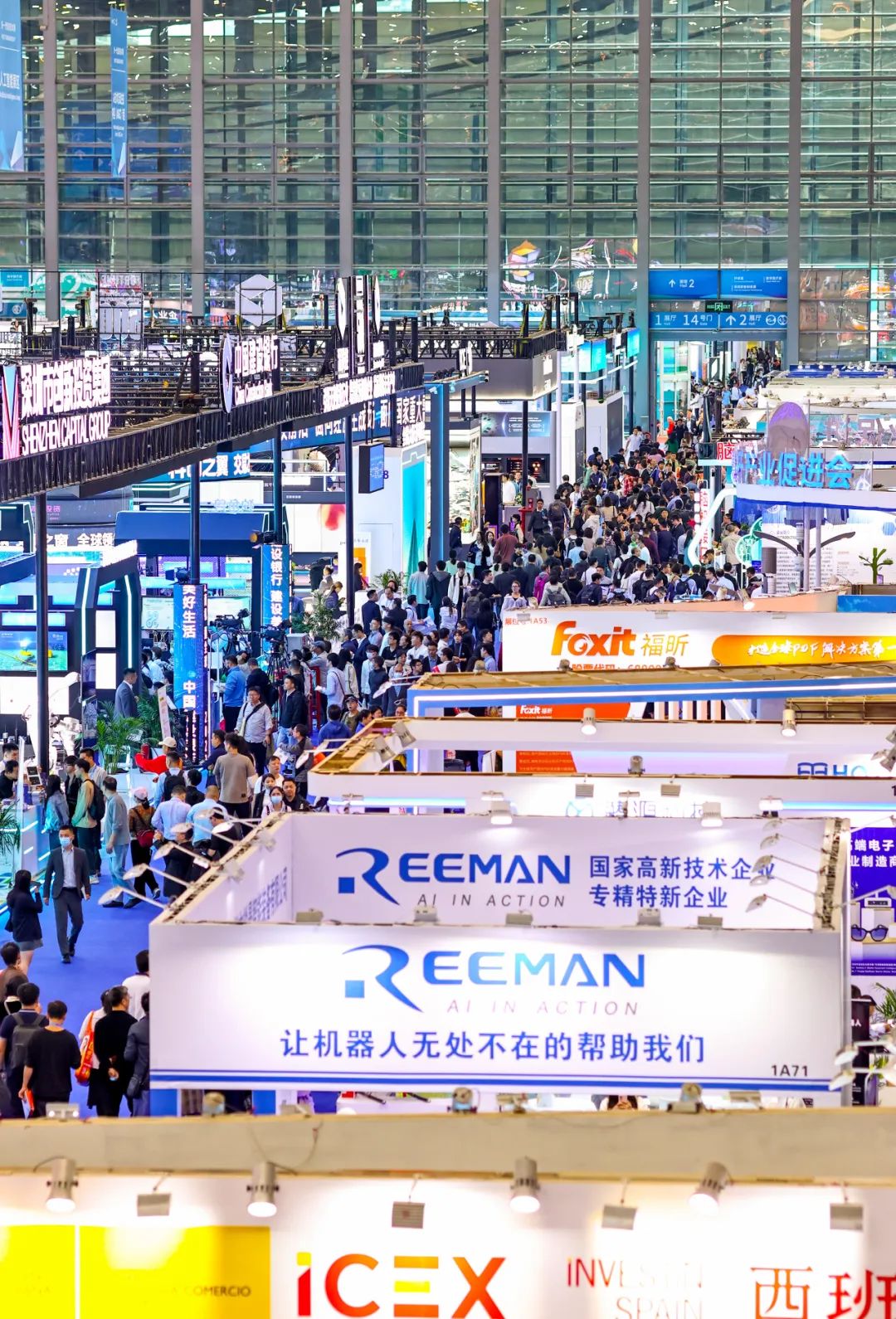
Visitors pack Shenzhen Convention and Exhibition Center in Futian District during the 2023 Shenzhen Hi-Tech Fair. Liu Xudong
Official figures show that the added value of the manufacturing sector in Guangdong accounted for 32.7% of the province's GDP, underlining Guangdong’s status as a crucial global manufacturing hub. The province is one of the regions with the best industrial and supply chains in the world.
With over 71,000 industrial firms whose annual revenue from principal business exceeds 20 million yuan and more than 75,000 high-tech firms, Guangdong boasts the country’s largest number of industrial firms. In 2023, the province added 47 national industrial manufacturing leaders to bring the total number to 132, making up 11% of the nation’s total. Guangdong also leads the nation with 1,528 “little giant” industrial firms, with 652 new additions last year.
“Little giants” are small and medium-sized firms that focus on a niche market and master key technologies with a strong innovation capacity and big market share. These firms have special products and know-how in strategic sectors like semiconductors, advanced manufacturing, energy, and critical minerals. These specialized and sophisticated firms are not only an important driver of economic growth, but are crucial to help improve the stability and competitiveness of the industrial supply chain.
The large group of industrial firms are the driving forces behind Guangdong’s shift from labor-intensive, low-value goods to tech-intensive, high-value products in its efforts to climb up the industrial value chains and help drive the province’s manufacturing industry toward higher-end, more intelligent, and greener development.
Guangdong’s strength in advanced manufacturing is best shown in the green transformation of its foreign trade landscape, which has seen the province’s traditional export categories, such as clothing, home appliances, and furniture that were once the pillars of its exports, make way for high-tech innovations in the new energy sector.
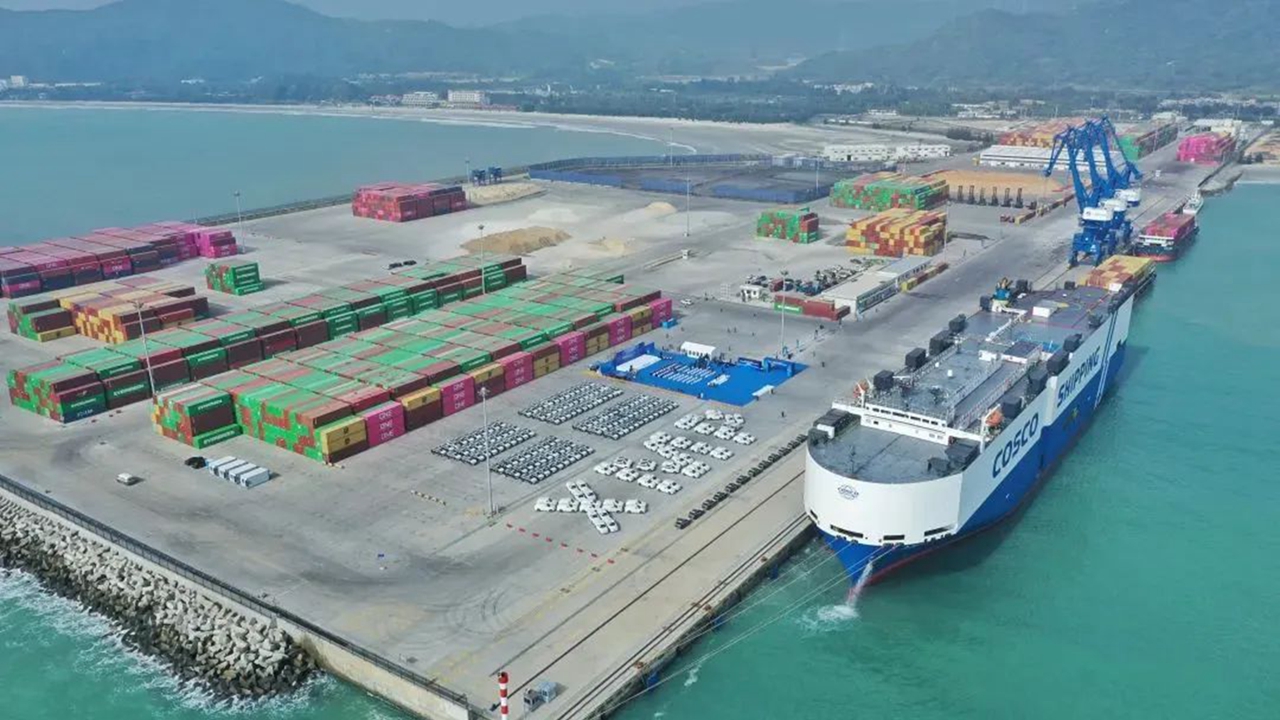
An aerial view of the Xiaomo International Logistics Port. Photo from Shenzhen Special Zone Daily
Combined exports of electric vehicles (EVs), lithium-ion batteries, and solar cells (the building blocks of solar panels), now widely known as the "new three" products, jumped 33.70% year on year in 2023, Wen Zhencai, deputy director of Guangdong Customs, said at a news conference in Guangzhou in January. The strong performance of the "new three" products contrasts with an overall rise of 0.3% year on year in Guangdong’s foreign trade and comes amid an unstable global economic recovery, weakened external demand, and sluggish growth in major economies, according to Wen.
Guangdong led the country in auto production for the seventh year in a row in 2023, churning out about 17% of the country’s cars in general. Almost half of the 5.19 million cars, or 2.53 million units, made in Guangdong last year were new energy vehicles (NEVs), which consist of electric cars and plug-in hybrids. That means one out of every four NEVs in the country is currently manufactured in the province.
With a relatively complete industrial chain, Guangdong is home to some of China’s well known makers of electric vehicles, such as BYD, Xpeng, and GAC Aion. Shenzhen-based BYD, the world’s largest electric-car maker, delivered 3.02 million pure electric and plug-in hybrid vehicles in 2023, surpassing Tesla’s production of 1.84 million purely battery-powered cars.

California Governor Gavin Newsom sits in a BYD off-road SUV Yangwang U8 during a visit to the Shenzhen Bus Group Antuo Hill Depot in Futian District last October. Liu Xudong
The rapidly developing NEV sector has become a major growth engine of Guangdong's manufacturing sector and a bright spot of the province’s economic development. Guangdong’s automobile industry is expected to rake in operational income of over 1.35 trillion yuan by 2025, with NEV production accounting for more than half of total vehicle production, according to a provincial plan. Guangdong also intends to upgrade the industry chains of key NEV components including motors, batteries, electronic controls, and vehicle-grade chips in the years to come, an annual government work report delivered recently shows.
“Guangdong's transformation and upgrading of its foreign trade started relatively early. The explosive growth of the ‘new three’ products is not a coincidence, but the result of Guangdong's continuous increase in investment in scientific and technological research and development,” Bai Ming, a researcher from the Chinese Academy of International Trade and Economic Cooperation under the Ministry of Commerce, said.
Official figures show that Guangdong has over 1.3 million research and development personnel, accounting for about one-seventh of the country's total. In addition, the province provides jobs for 45,000 foreign talents with valid certificates and 5,000 personnel who are shortlisted for national and provincial key talent projects. The large pool of talents, who are pushing technological innovation and making breakthroughs, are the important productive forces to tap Guangdong’s growth potential.
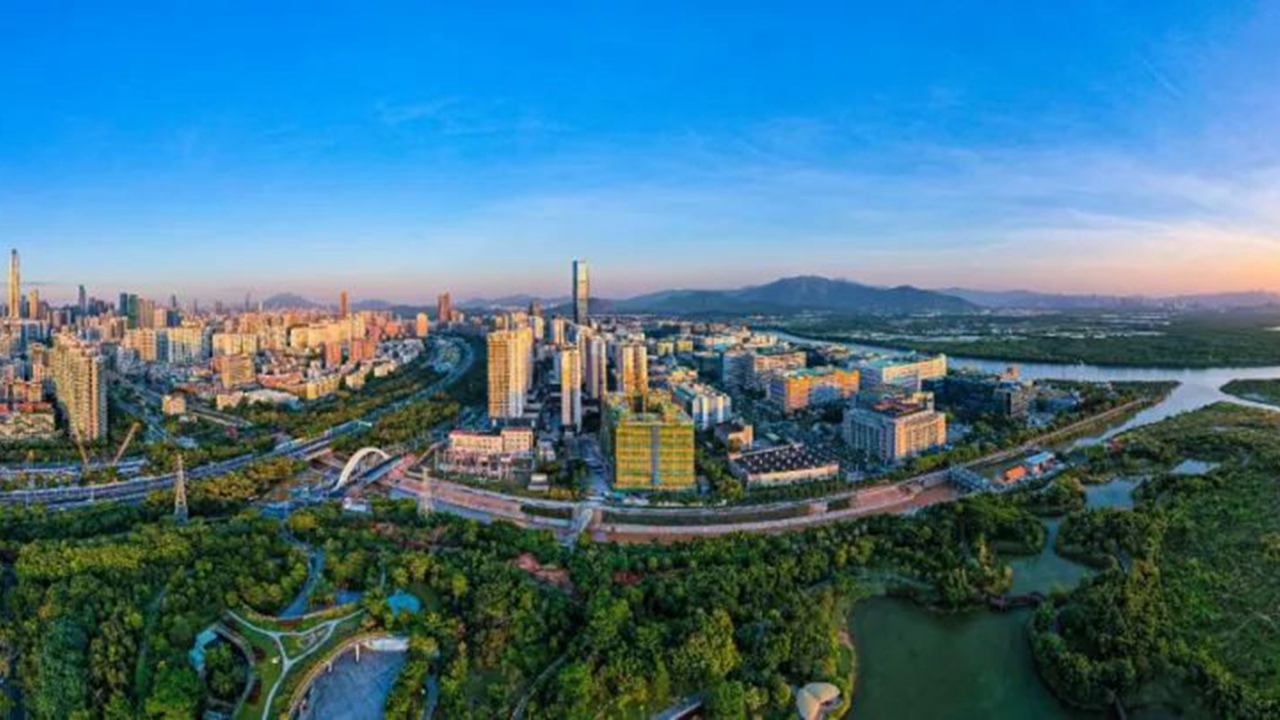
An aerial view of Shenzhen. Photo from Shenzhen Special Zone Daily
Guangdong’s pursuit of high-quality development not only recharges its economic growth, allowing the province to move from the world’s manufacturing base to an innovation heartland and provides unlimited business opportunities for domestic and overseas firms, but also benefits people in other countries.
The export success of Guangdong’s green products, for example, helps invigorate global green development initiatives and ease environmental pollution.
For Carlos Rendon, who used to drive diesel-powered vehicles during his 14-year experience as a delivery truck driver in Mexico City, it’s a new experience driving BYD-made electric trucks featuring greater comfort, safety, and environmental friendliness.
These BYD trucks offer “greater visibility" and "are totally silent, which helps the neighborhoods we drive through," where noise can be irritating, Rendon said.
With these vehicles, "you can take better care of the environment for the benefit of future generations, because we reduce pollution on a day-to-day basis," Rendon told Xinhua.
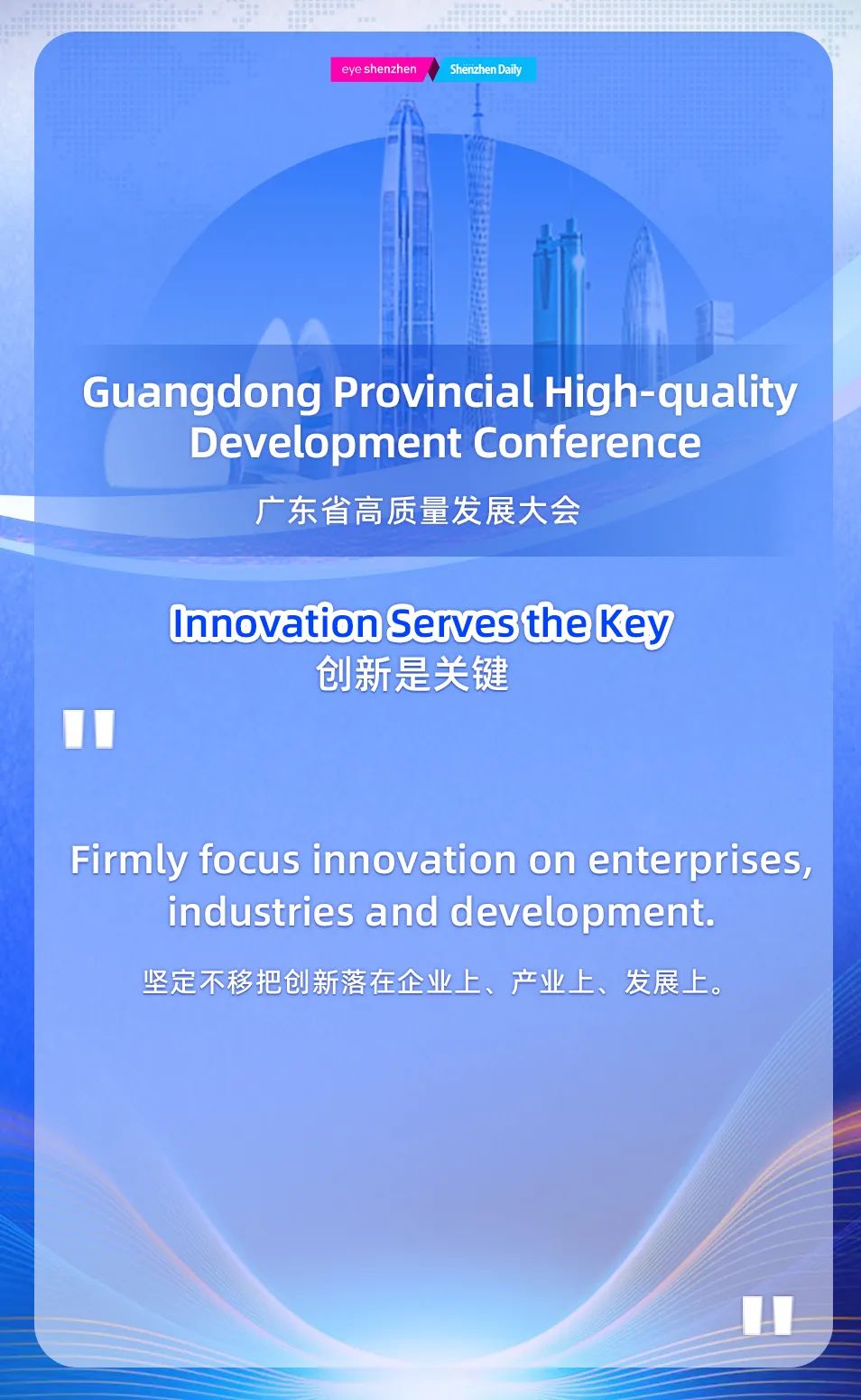
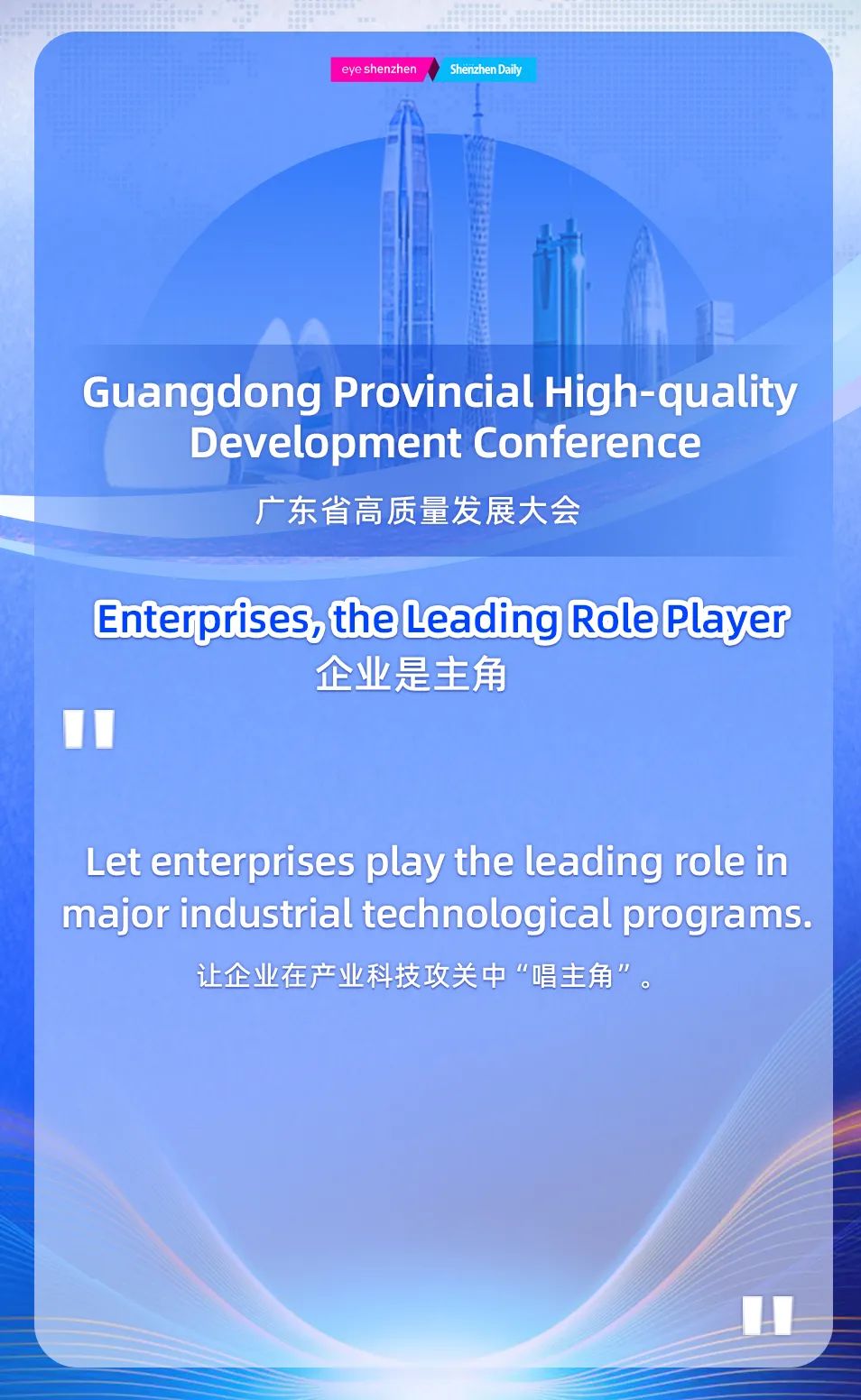
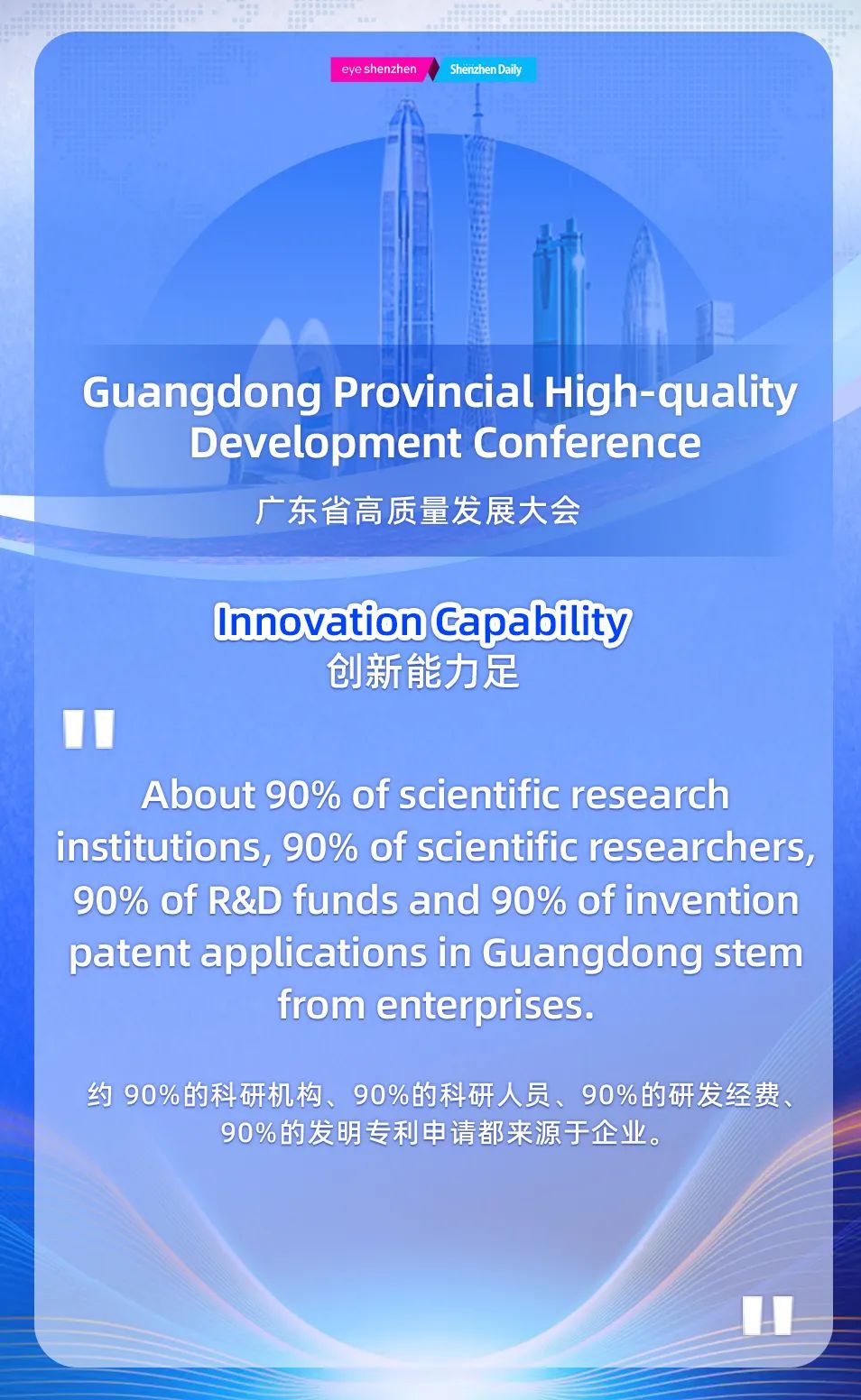
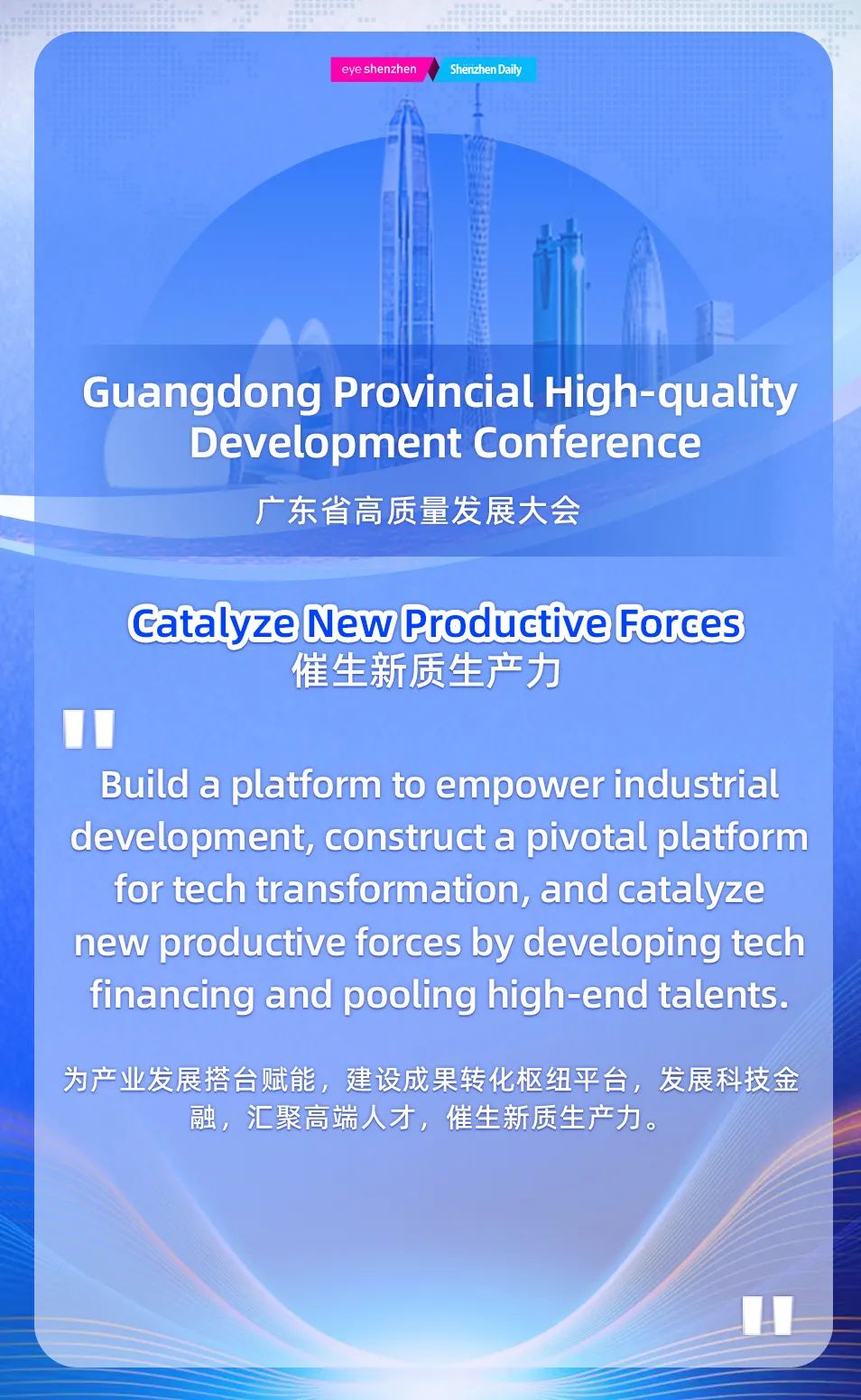


A view of the Qianhai Shenzhen-Hong Kong Modern Service Industry Cooperation Zone. Photo from Shenzhen Special Zone Daily